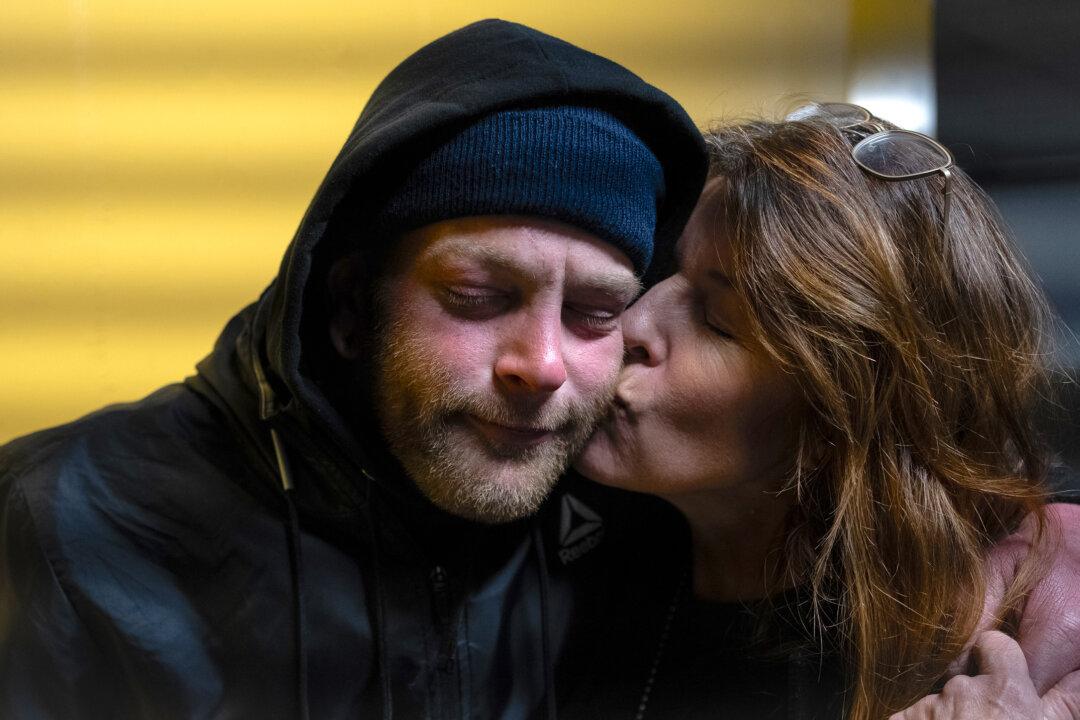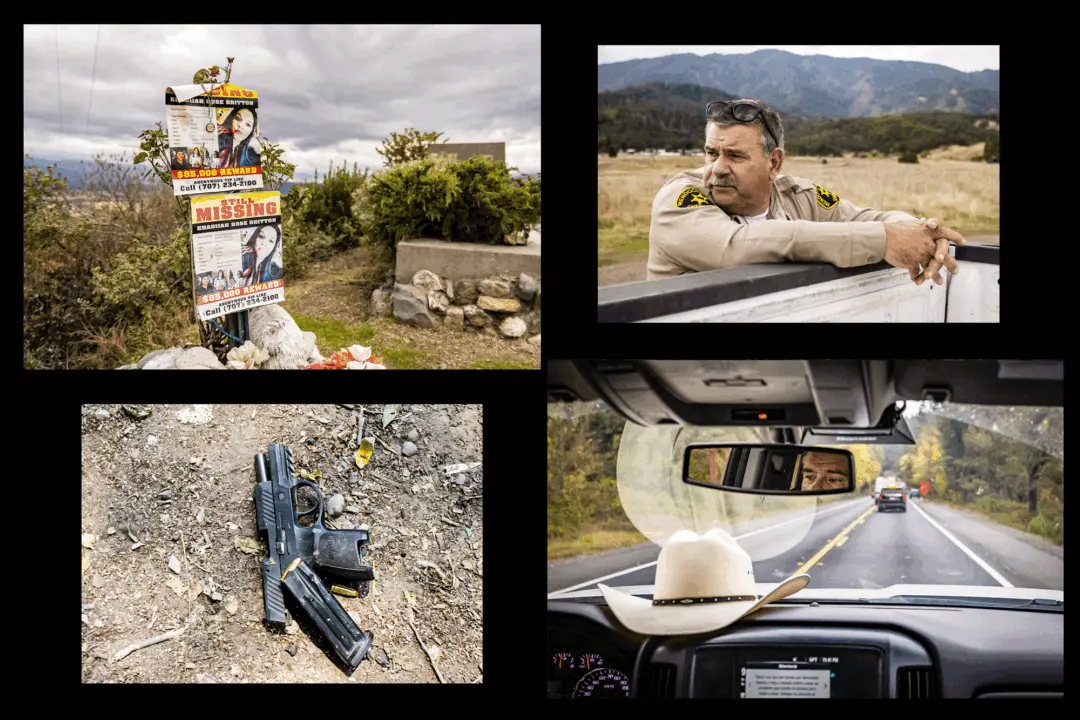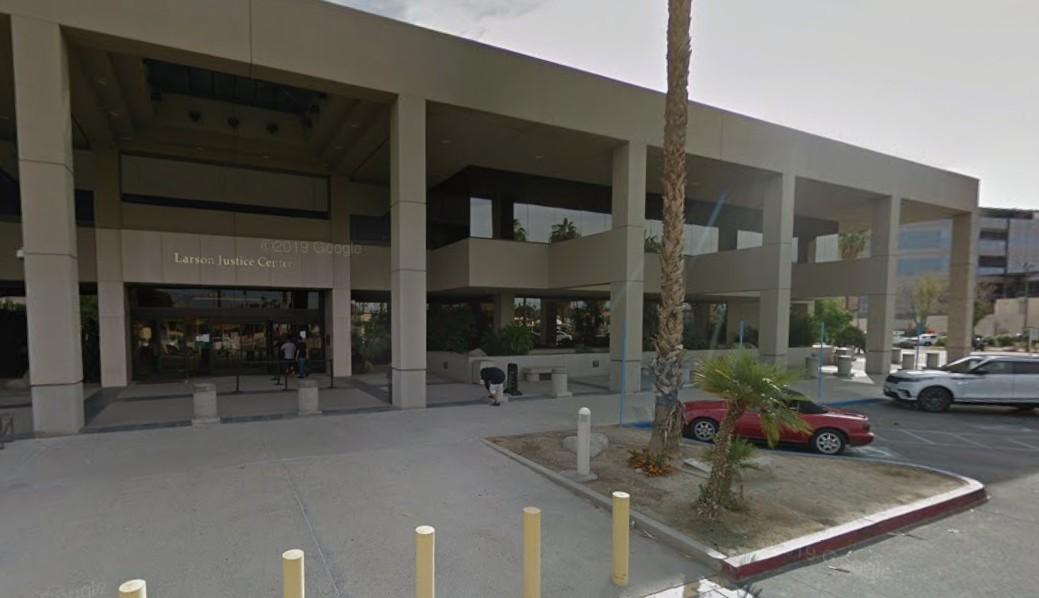Jacqui Berlinn makes her way through a crowd of ski mask-clad drug dealers on a street corner in San Francisco. She’s looking for her son, Corey, who is homeless and addicted to fentanyl.
In the city’s infamous Tenderloin district, dealers brazenly sell their illicit wares in open-air drug markets.





